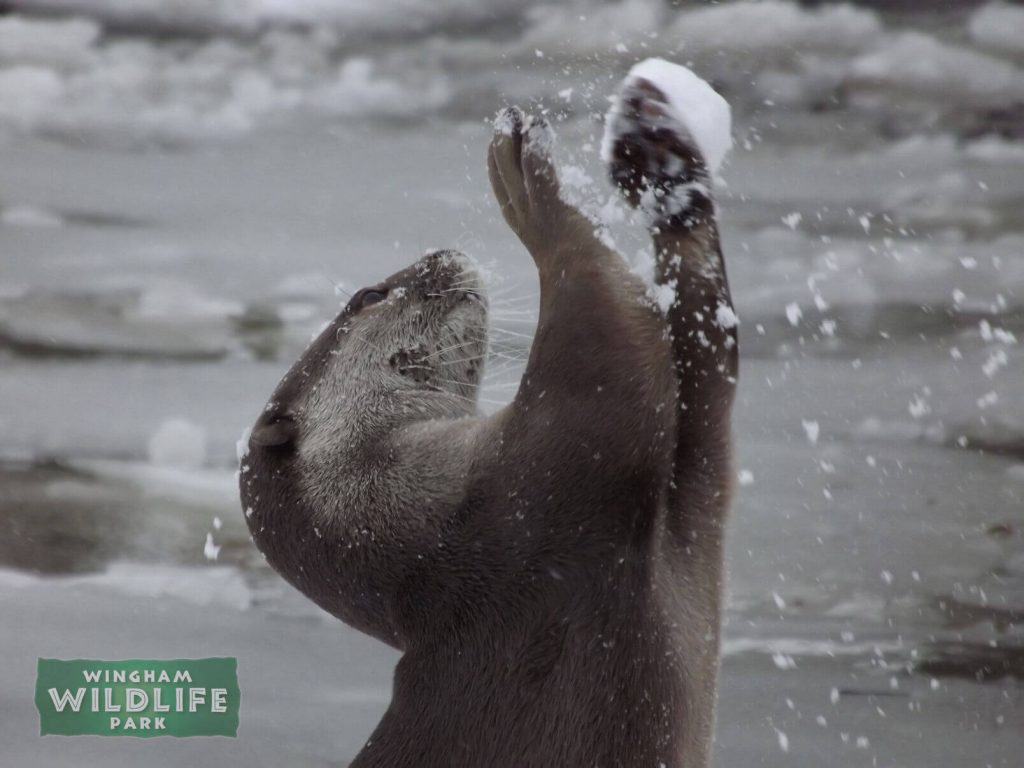
Smooth Coated Otter Natural History
Size
This species can reach lengths of 1.3 m and can weigh up to 11 kg.
Habitat and Distribution
This species only lives in fresh water habitats such as peat swamps, forest rivers, rice paddies and lakes. They can generally be found in areas where there is not a lot of human habitation. This is an Asian Otter which can be found throughout much of Southern Asia with a small isolated population in marshes throughout Iraq.
Age
In the wild these otters have a typical lifespan of 5-10 years. However, in captivity they can live for up to 20.
Diet
The bulk of their diet is made up of fresh water fish and reptiles. However, they will also eat small birds, rodents, insects, crustaceans and amphibians.
Groups and Breeding
There are big differences in the times during which these animals breed both in the wild and in captivity. In areas where there are no monsoon seasons they may breed at any time, however in areas which are hit by monsoons, they will breed towards the end of this season, with their young being ready for birth after a gestation of 61 – 65 days after the weather has subsided. They may give birth to 2 to 5 young per year, and the mating pair will often form a strong bond, staying together for most of their lives
Threats
These Otters are classed as Vulnerable due to a number of factors including the decline in wet land habitat through their range, increased contamination of fresh water ways with pesticides and a continued trade in their fur (leading to wide spread poaching).
Interesting Facts
Otters have two layers of fur, the top fur keeps the bottom one dry to help retain body temperature.
The Smooth Coated Otter During Your Day Out in Kent
At Wingham Wildlife Park we have two female Smooth Coated Otters named- Pong and her daughter, Hallie. They are on display opposite the Arctic Wolf enclosure and can often be seen playing together in their pool. Although, they also have plenty of dry land and platforms to relax on as well as their shelter. We have a daily feed at 12:00 in which our keepers carry out important training which not only allows us to check the pair over for any injuries but also acts as a form of enrichment.
The more you know…
Want to know more about this animal? Check out our keeper blogs about them here.
How Do We Keep Our Animals Warm in the Winter?